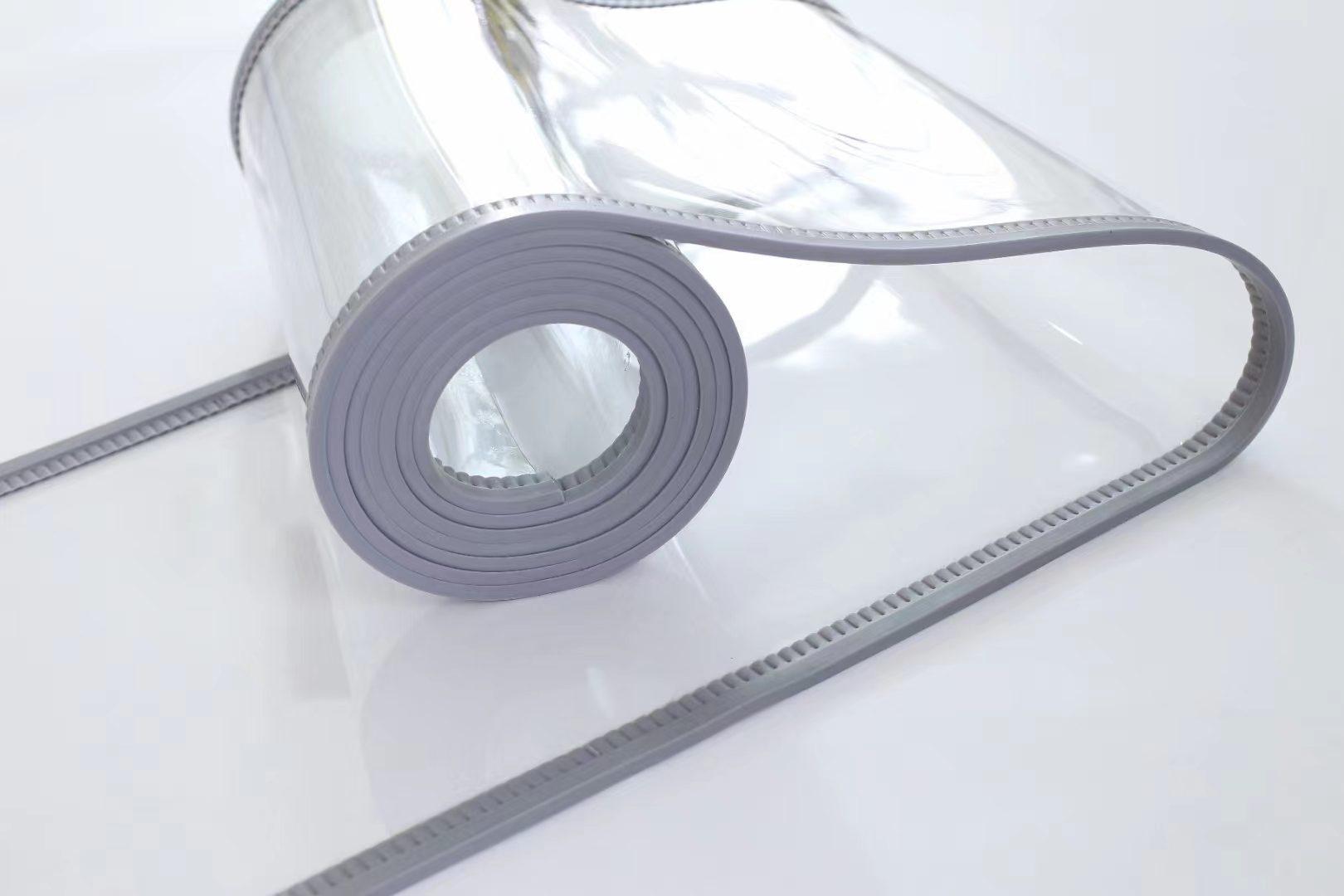Techniques for Welding PVC Curtains Efficiently and Effectively in Industrial Settings
Welding PVC Curtains A Comprehensive Guide
In various industrial settings, maintaining a safe and efficient workspace is crucial. One way to achieve this is through the use of PVC (Polyvinyl Chloride) curtains, which provide separation between different areas while allowing easy visibility. In this article, we will explore the process of welding PVC curtains, the advantages they offer, and important considerations to keep in mind when working with them.
What are PVC Curtains?
PVC curtains are flexible sheets made from durable polyvinyl chloride material. They are widely used to create barriers in warehouses, industrial facilities, and manufacturing plants. These curtains serve multiple purposes, including controlling temperature, reducing noise, blocking dust and debris, and providing a clear view of the workspace. Their versatility makes them an essential component in many industries, including food processing, automotive, and construction.
The Importance of Welding PVC Curtains
Welding is often necessary when constructing custom-sized PVC curtains or repairing existing ones. The welding process ensures the seams are strong and can withstand daily wear and tear. There are several techniques used for welding PVC, including high-frequency welding, hot air welding, and ultrasonic welding. Each method has its own advantages and ideal applications, depending on factors like material thickness, desired durability, and production speed.
Welding Techniques Explained
1. High-Frequency Welding This technique uses electromagnetic energy to heat the PVC material at the seam. The heat causes the edges to soften and fuse together, resulting in a strong bond. High-frequency welding is suitable for thicker PVC materials and is ideal for mass production.
2. Hot Air Welding This method uses a stream of hot air to heat the edges of the PVC sheets until they become pliable. A welding rod can then be added to reinforce the joint. Hot air welding is commonly used for on-site repairs and for joining large sheets in applications where a strong seam is critical.
3. Ultrasonic Welding Ultrasonic welding utilizes high-frequency sound waves to create vibrations at the seam. This friction generates heat, causing the thermoplastic material to melt and bond together. This method is efficient for small parts and is often used for quick repairs or delicate applications.
Benefits of PVC Curtains
1. Safety PVC curtains help to create safe working environments by containing hazardous materials or ensuring that only authorized personnel have access to certain areas.
welding pvc curtain

2. Cost-Effective Compared to traditional walls or partitions, PVC curtains are a more affordable option. They require less material and labor to install and can be easily replaced when damaged.
3. Customization PVC curtains can be customized in size, thickness, and color, allowing businesses to tailor them to their specific needs.
4. Flexibility The flexible nature of PVC curtains enables easy access for employees and equipment, reducing the likelihood of accidents.
5. Insulation PVC curtains can provide insulation from heat, cold, and noise, contributing to a more comfortable working environment.
Considerations When Welding PVC Curtains
When welding PVC curtains, it is crucial to consider the following factors
1. Material Selection Choose the appropriate thickness and type of PVC based on the intended use of the curtain. Thicker materials may be required for high-traffic areas or environments with heavy machinery.
2. Welding Equipment Ensure you have the right welding equipment for your chosen method. Proper maintenance of the equipment is also essential to ensure effective welding.
3. Safety Precautions Always adhere to safety guidelines when performing welding tasks. This includes wearing protective gear and ensuring proper ventilation to avoid exposure to fumes.
4. Testing Seams After welding, test the seams for strength and durability. This ensures the curtains will hold up under the conditions they will face in the workplace.
Conclusion
Welding PVC curtains is an effective solution for creating safe, flexible, and custom barriers in industrial settings. Understanding the various welding methods and their benefits can help businesses enhance their operational efficiency while promoting a safer work environment. By following proper procedures and considering the specific needs of your workspace, you can successfully utilize PVC curtains to their fullest potential.
-
Flexible PVC Sheet Supplier – Durable Flexible Plastic & Ribbed Sheets Custom SolutionsNewsJun.10,2025
-
Magnetic Curtain Wide – Durable, Easy Install, Perfect Fit for DoorsNewsJun.10,2025
-
Flat Anti-Insect PVC Strip Curtain Effective Insect Control SolutionNewsJun.10,2025
-
Opaque PVC Strip Curtains Insect-Proof & Privacy SolutionsNewsMay.30,2025
-
3mm PVC Sheets - Durable, Lightweight & Waterproof 1mm & Rolls AvailableNewsMay.30,2025
-
Polar Curtains Energy-Efficient Thermal Insulation Solutions Shop NowNewsMay.29,2025



